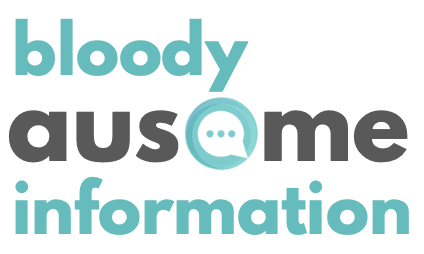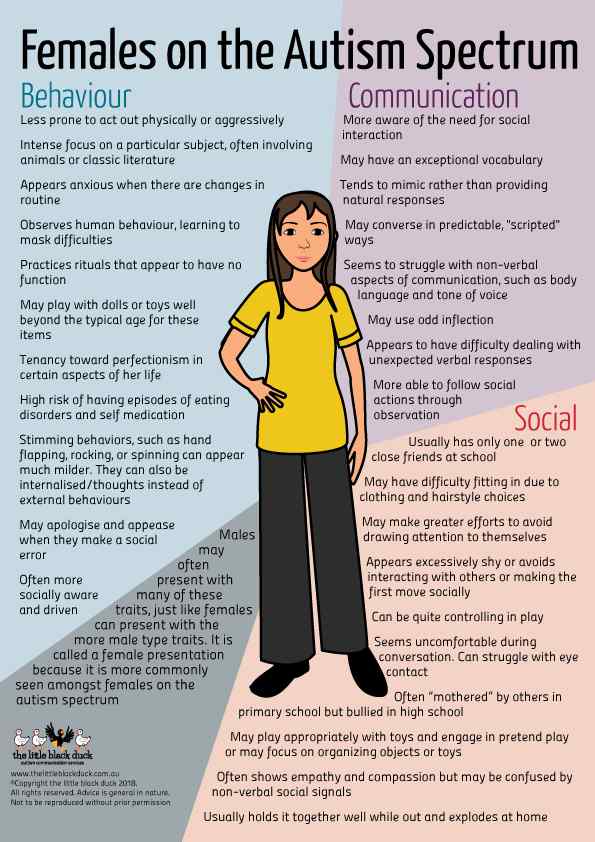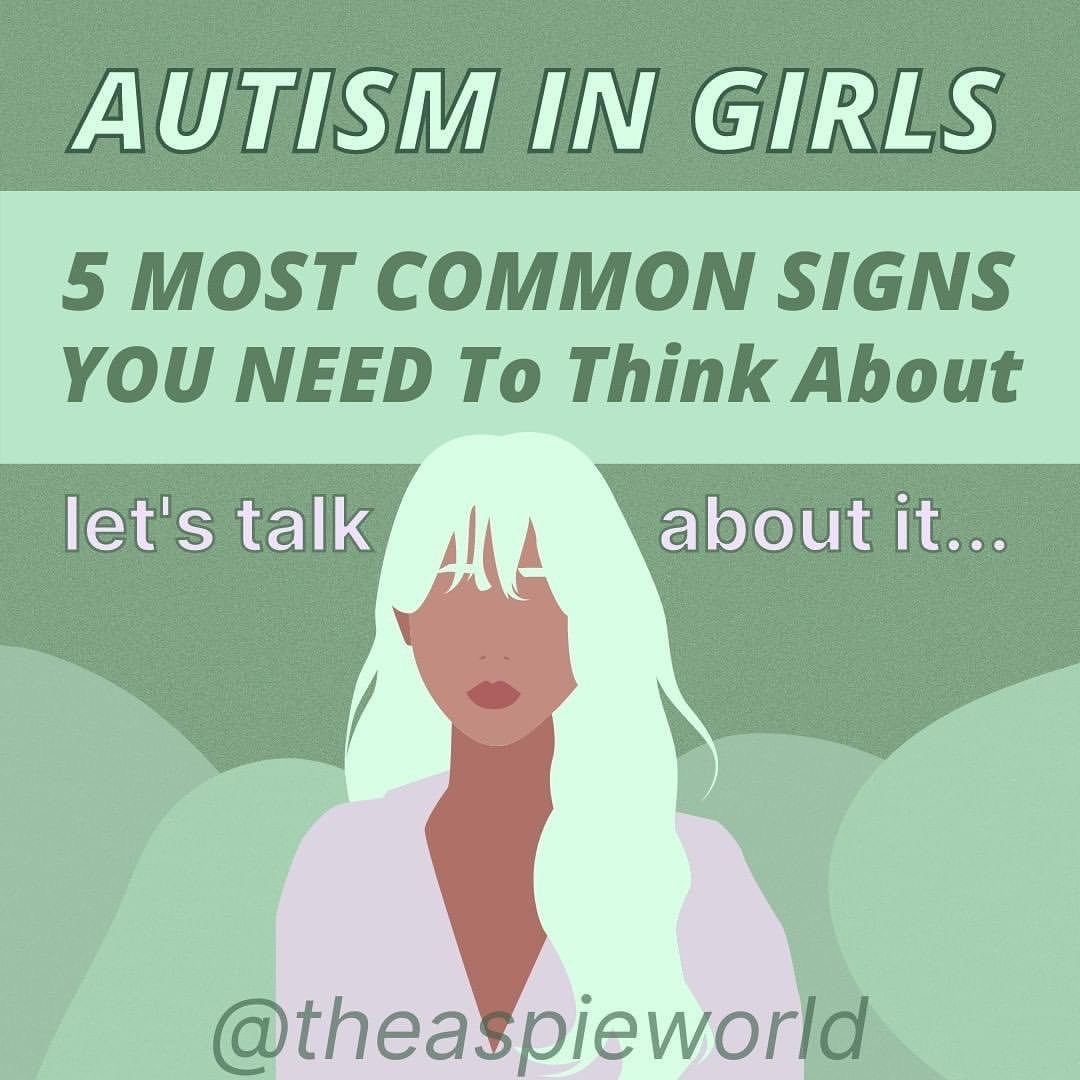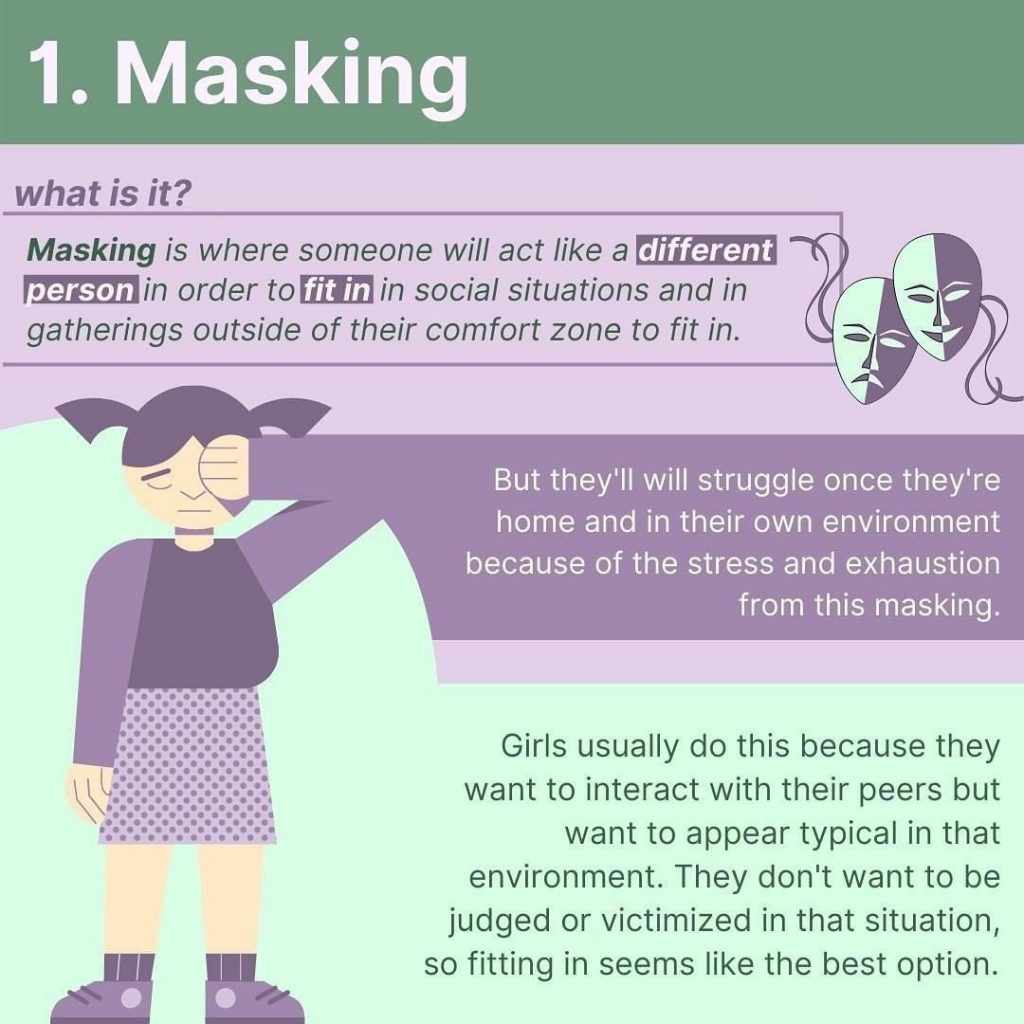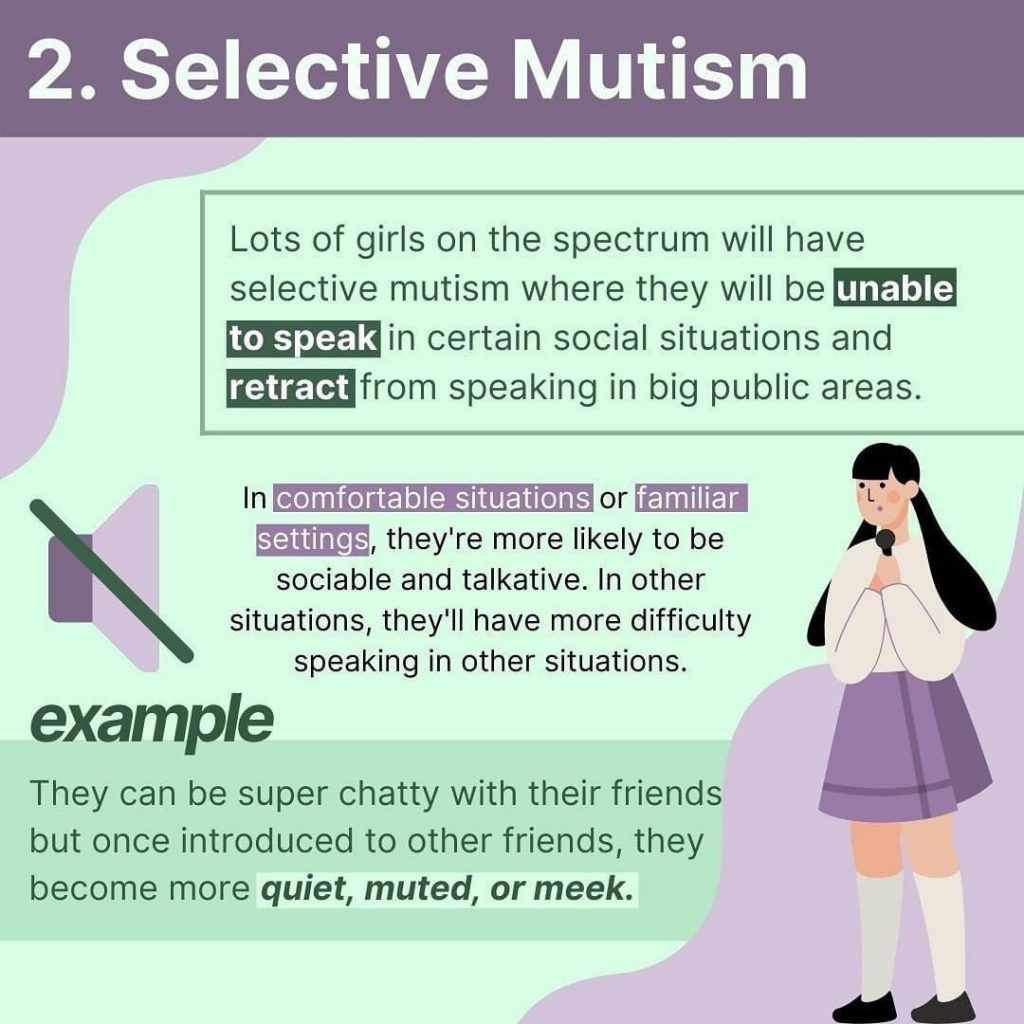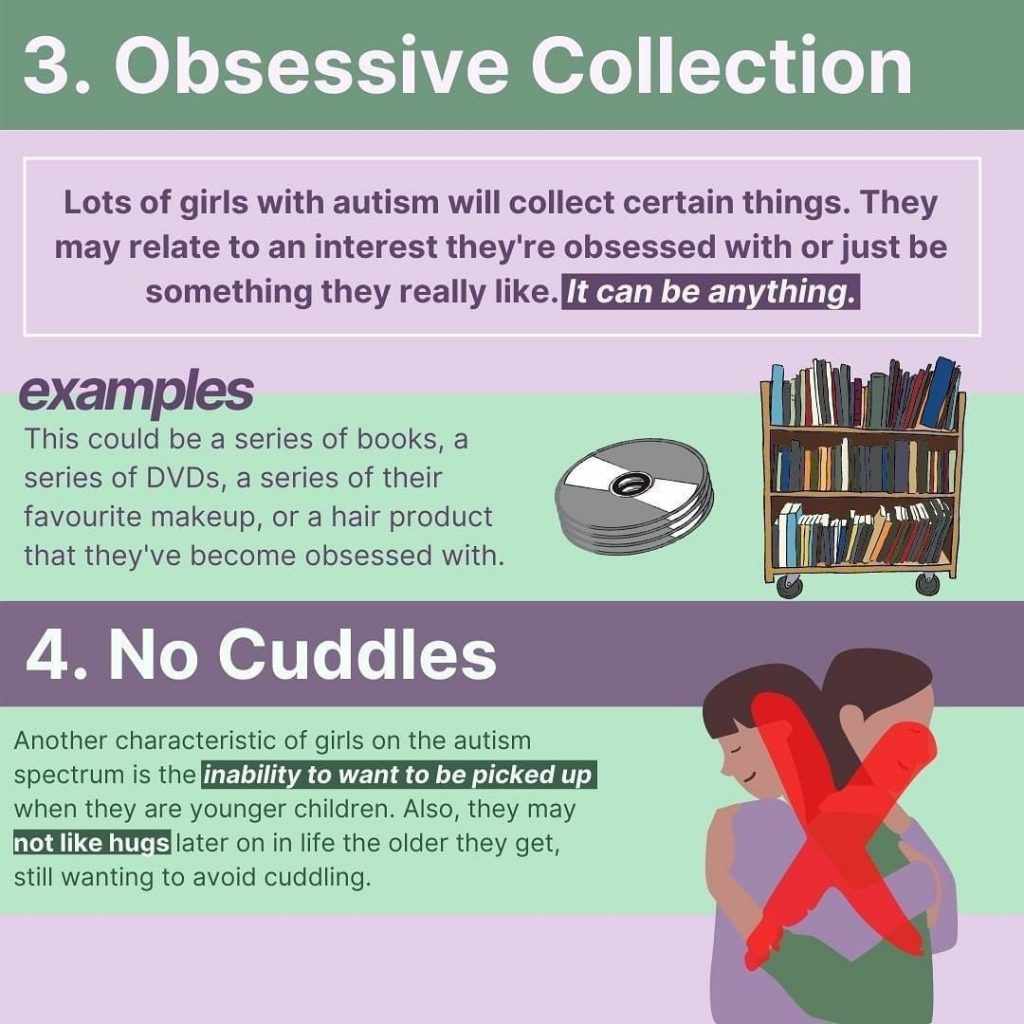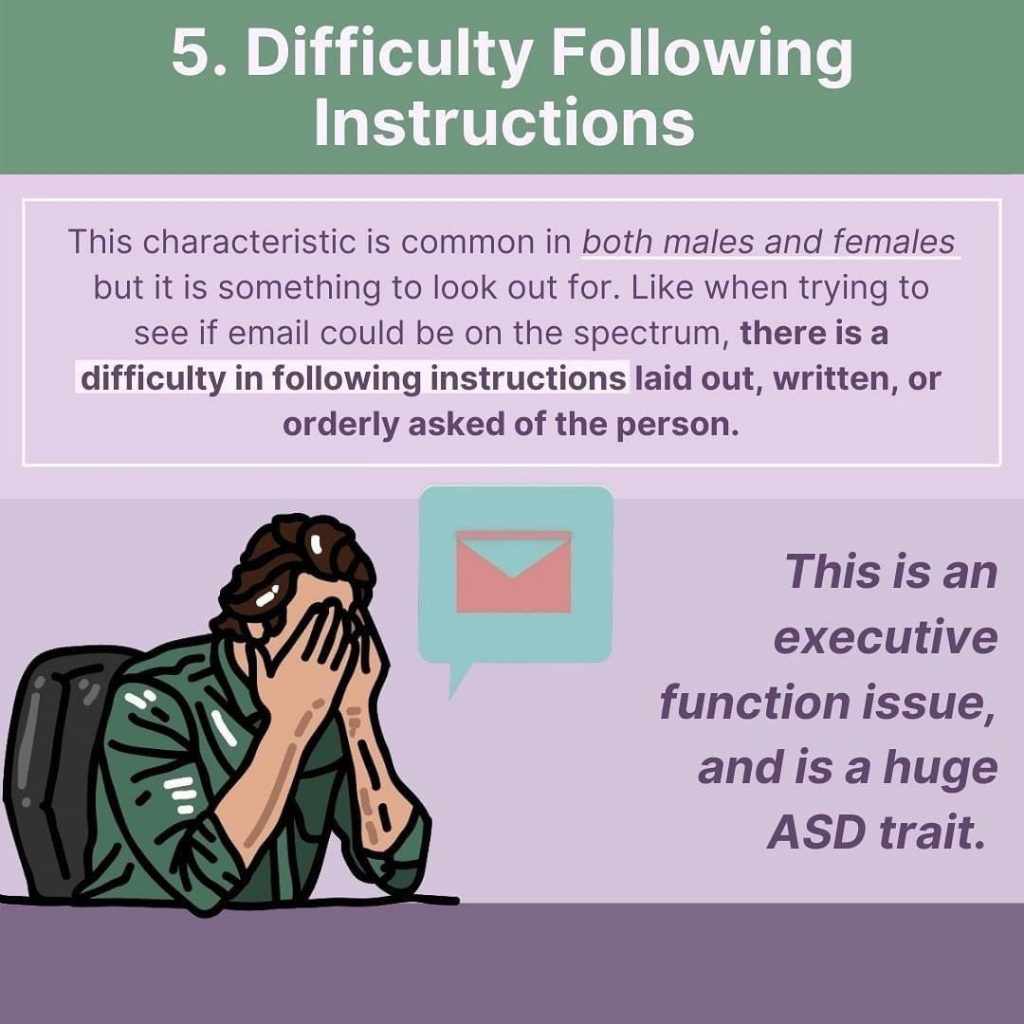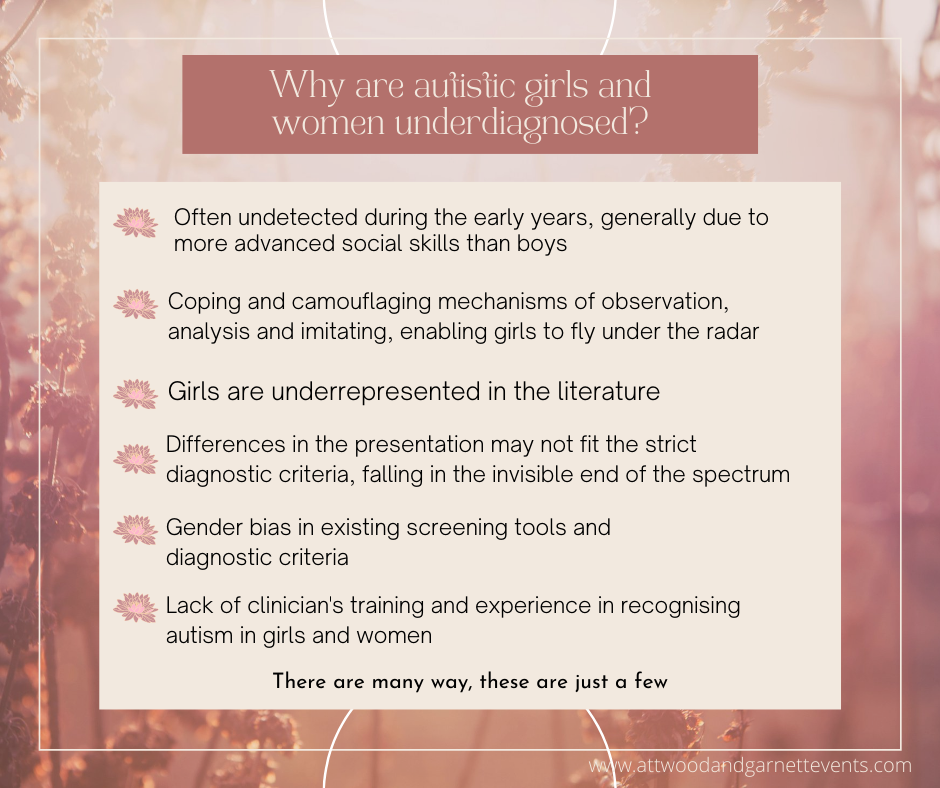How Gender Impacts Autistic Traits
The Facts
Far more males than females are diagnosed with autism in Australia. In fact, four Australian males are diagnosed on the spectrum to every one female mostly because almost everything that's known about Autism has come from studying boys.
Evidence
Evidence has shown that most Autistic females are better able to ‘camouflage’ their symptoms by using strategies to mask communication and social difficulties and even act in ways that are considered more ‘socially acceptable’ for girls compared to boys. For example, girls may watch others and mimic their behaviour to better blend in. This is particularly the case when girls have an average or high range IQ. This means girls are often diagnosed later in life, or even as adults.
Diagnostic Criteria
The criteria for diagnosing Autism isn’t different for boys compared to girls, but because the presentation of traits is quite different, it makes it harder to diagnose.
It's important to mention that the behaviours, traits, demeanour and presentation listed below have been identified as 'female', however, it needs to be acknowledged there are indeed boys that display the same characteristics and equally get overlooked, are harder to diagnose and/or are diagnosed later due not exhibiting the traditional male behaviour.
A Word on Gender
It's important for me to acknowledge that I am and will be using gendered terminology and references in the identification of Autism in Girls/Women/Females. I do so knowing that not everyone identifies themselves in these 'traditional' ways and it's important for me to make this known as I don't ever want to offend, alienate, invalidate or minimise anyone, especially when the matter is something that is at the core of their, or your, identity.
It's important for me to explain Autism (and all neurological differences) in gendered ways as this is the experience of so many women who have received an Autism diagnosis as adults.
Women have long been overlooked, misdiagnosed and literally misgendered not fitting into the 'male' model, presentations, traits and stereotypes of most neurological differences. I separate the gender distinctions knowing that the conversation needs to be had, no matter how a person identifies themselves as.
We've waited far too long for our traits and presentations to be recognised, categorised and acknowledged, for them to be ignored or dismissed because of the way some people identify.
I say this with all the respect in the world.
See more infographics on the presentation of Autism in girls/females, here.

